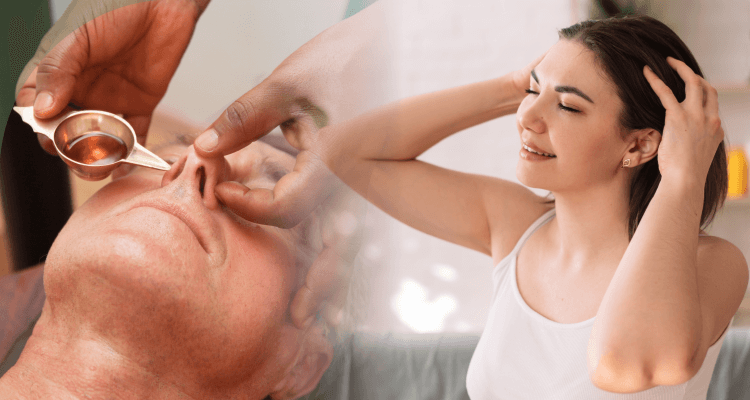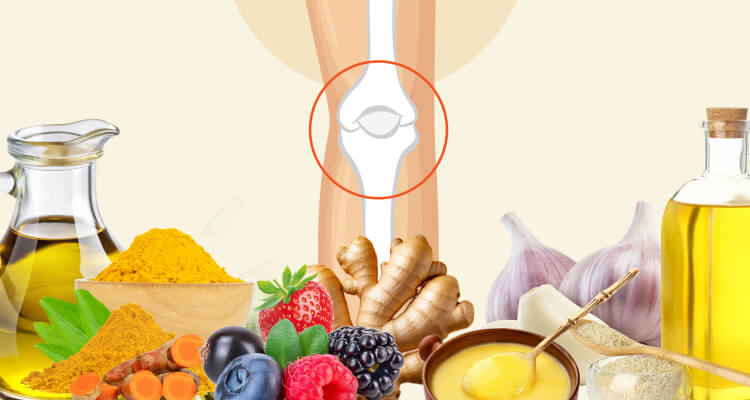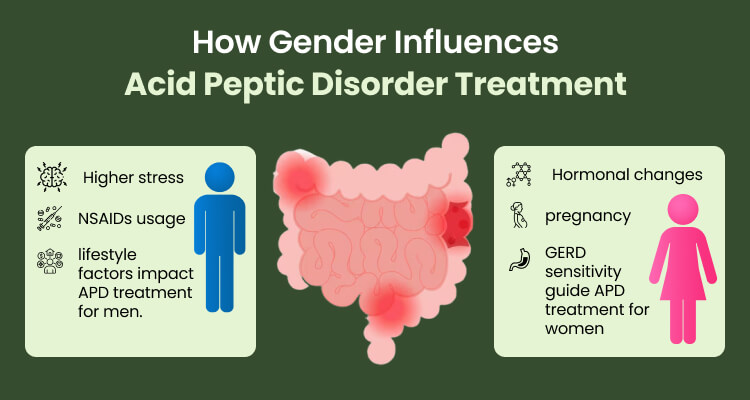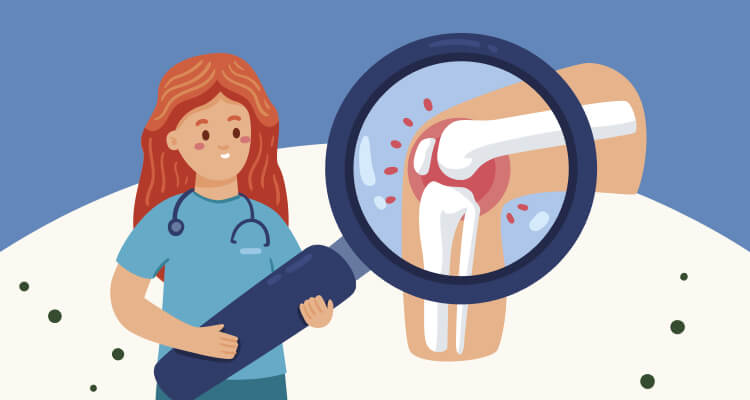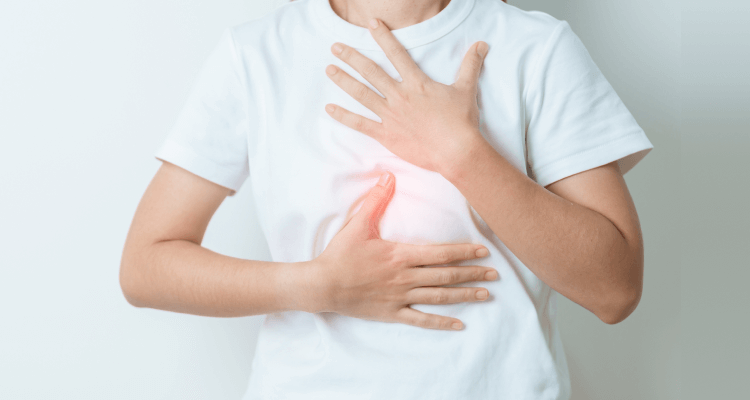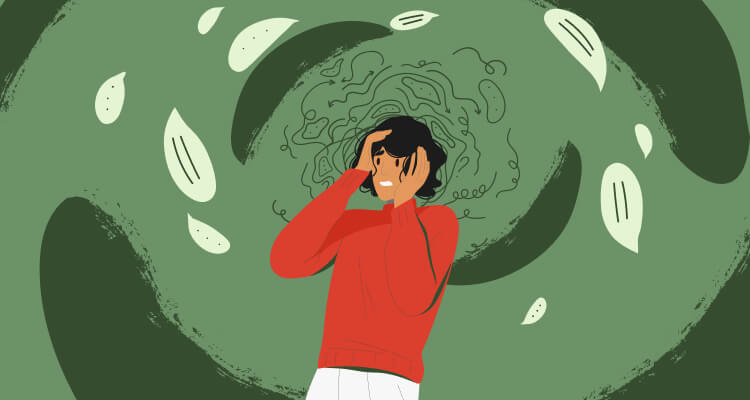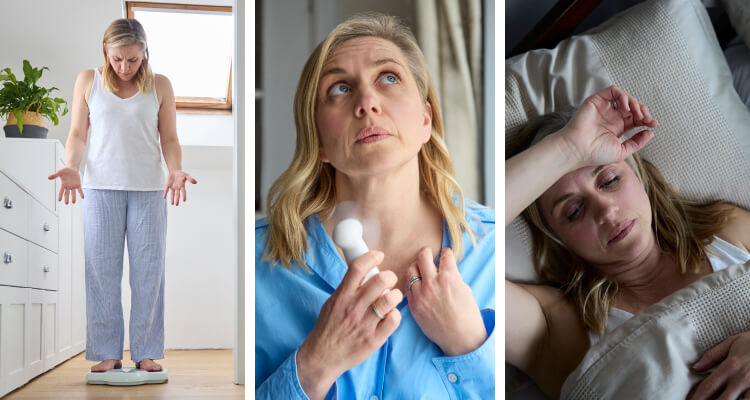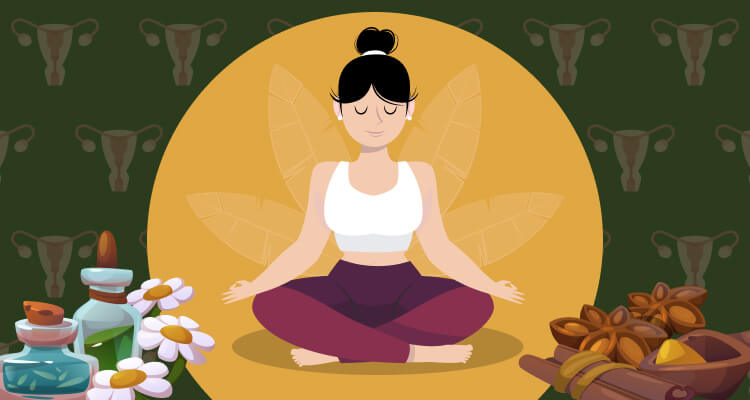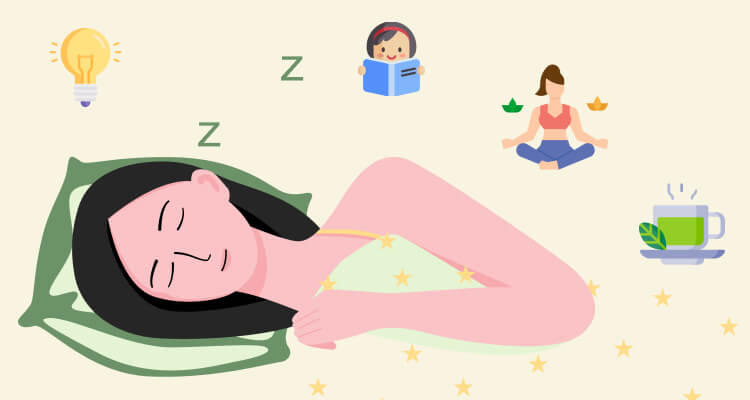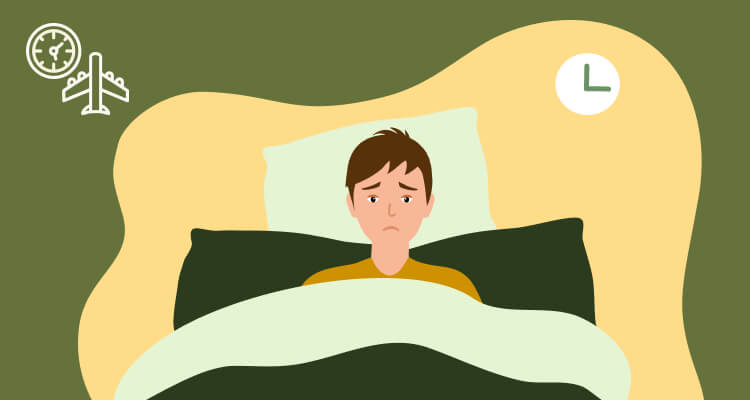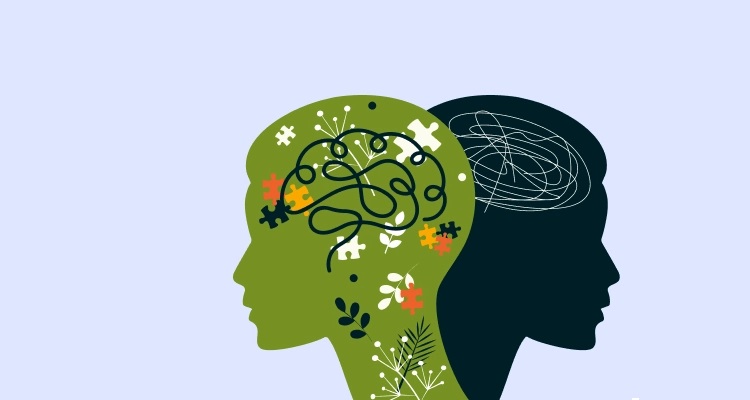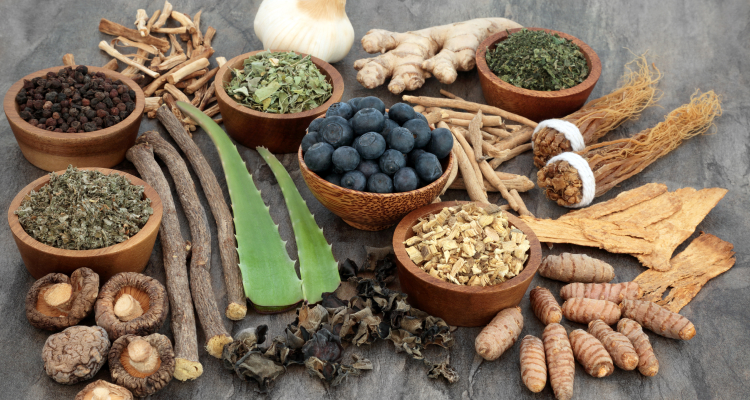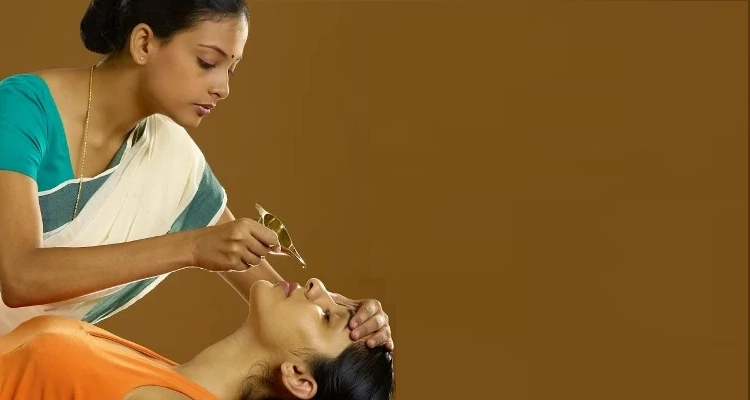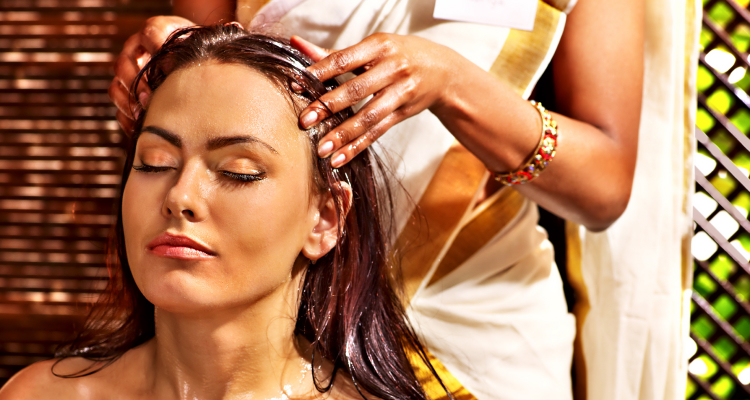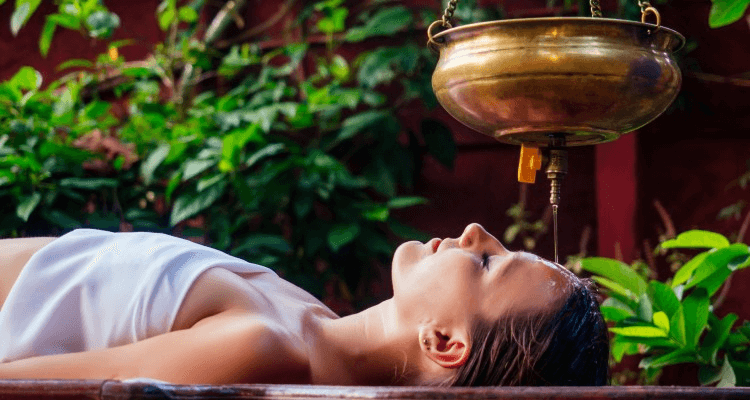Headaches can be overwhelming, often robbing you of focus and energy. Whether they are triggered by stress, tension, sinus congestion, or poor circulation, you must find effective and natural ways to manage headaches.
Ayurveda, the ancient holistic system of medicine, believes that headaches are an imbalance in the doshas—the three bio-energies that govern our physical and mental functions.

By identifying which dosha is out of balance, Ayurveda addresses the root cause.
- Vata headaches (dry, sharp, or migratory pain) are typically linked to an imbalance in Vata dosha, which governs movement within the body. They are usually triggered by stress or dehydration.
- Pitta headaches (intense, throbbing pain) are caused by excess heat and inflammation and are often associated with the Pitta dosha, usually triggered by anger, digestive issues, or heat exposure.
- Kapha headaches (dull, congested pain) arise from excess mucus or stagnation, linked to Kapha dosha. They are commonly caused by sinus issues or cold weather.
Thankfully, Ayurveda offers several time-tested therapies that balance these doshas with Head Massage (Shiro Abhyanga) and Nasal Therapy (Nasya).
Ayurvedic Head Massage (Shiro Abhyanga) for Headache Relief
Shiro Abhyanga, or Ayurvedic head massage, is an ancient therapy that involves massaging the scalp, neck, and shoulders with warm oil. It is particularly effective for tension-related headaches.
How does Head Massage help with Headaches?
- Relieves Tension in the Neck and Shoulders: Many headaches are caused by tightness in the neck and shoulder muscles, particularly from stress or long periods of sitting. Oil head massage targets these areas, releasing muscle tension and preventing pain from spreading to the head.
- Improves Circulation: Oil head massage helps reduce the intensity and frequency of headaches due to poor circulation or sinus congestion by stimulating blood flow to the scalp and upper body.
- Calms the Mind: It has a calming effect on the Vata dosha, soothing the nervous system and helping to alleviate tension-related headaches. It also promotes mental clarity, making it especially beneficial for those who experience headaches from stress or mental fatigue.
How to Perform Head Massage for Headache Relief?
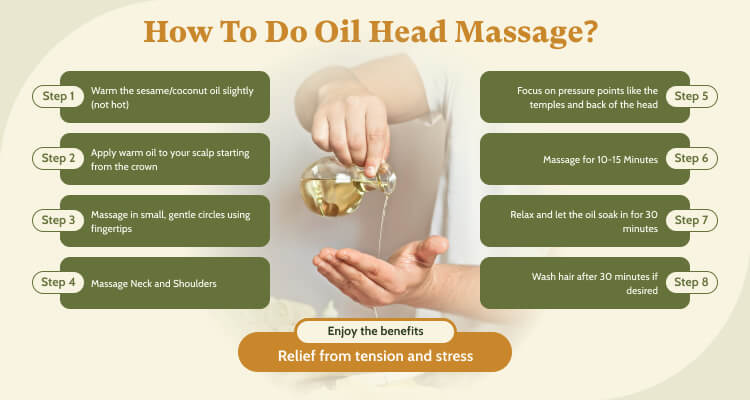
To perform head massage (Shiro Abhyanga):
-
Choose your oil
Use sesame oil (for Vata headaches) or coconut oil (for Pitta headaches) to cool and calm the head. Brahmi oil is also an excellent choice for mental clarity.
-
Massage technique
Apply the oil to your scalp and gently massage in circular motions, focusing on the temples, forehead, neck, and shoulders.
-
Duration
Spend about 10–15 minutes massaging your scalp, neck, and shoulders. Afterward, rest for a few minutes to allow the oil to penetrate.
Precautions
- Scalp Health: Avoid massaging if you have active scalp conditions such as dandruff, fungal infections, or eczema. If you have these conditions, consider using herbal medicated oils designed for such issues (only as advised by the practitioner).
- Avoid Overheating: Ensure the oil is warm, not hot, to avoid scalp irritation.
Nasal Therapy (Nasya) for Headache Relief
Nasya is an Ayurvedic therapy that involves the application of medicinal oils or herbs into the nostrils especially effective for sinus headaches or headaches caused by excess mucus or congestion.
How Does Nasya Therapy Help with Headaches?
- Clears Sinus Congestion: When excess mucus builds up in the head and sinuses, it can lead to sinus headaches and pressure. Nasya therapy helps to clear these blockages by moisturizing and lubricating the nasal passages.
- Balances the Doshas: Regular nasal therapy helps balance the Vata and Kapha doshas, which can alleviate headaches caused by stagnation or dryness. It can also help soothe inflammation caused by Pitta imbalances.
- Enhances Mental Clarity: By opening up the nasal passages and promoting better airflow, Nasya improves circulation to the brain, helping to enhance focus, reduce mental fatigue, and alleviate tension headaches.
How to Perform Nasal Therapy (Nasya) for Headache Relief?
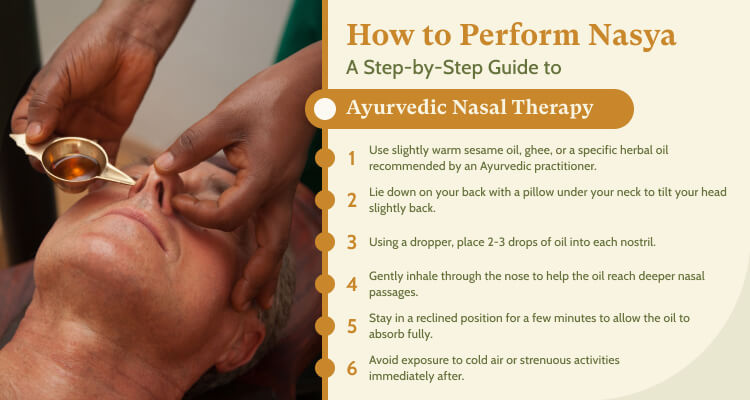
To practice Nasya:
1. Timing
Perform Nasya in the morning, ideally between 6:00 AM and 10:00 AM when Kapha-related impurities (like mucus) are naturally moving toward the head.
2. Oil Selection
Sesame oil is commonly used for Vata headaches; ghee is an excellent option for balancing all doshas. You can also use specialized Nasya oils from Ayurvedic practitioners.
3. Pre-Procedures
Begin with a gentle facial massage with sesame oil or any ayurvedic medicated oil to relax the muscles and improve circulation. Use your fingertips to massage in circular motions, focusing on areas around the nose, cheeks, and forehead. Follow up with steam inhalation to open up the nasal passages. Boil water and pour it into a bowl. Place a towel over your head and lean over the bowl, inhaling the steam deeply for about 5-10 minutes.
4. Massage technique
Lie down comfortably with your head tilted slightly backward. Place 2–3 drops of warm oil into each nostril. Inhale gently to allow the oil to travel into the nasal passages. You may also use your little finger to gently apply oil to the inside of each nostril for a gentler approach.
5. Duration
After the application, rest for 5–10 minutes, allowing the oil to absorb and work its magic.
Precautions
- Avoid During Acute Illness: Nasal therapy should not be performed if you have a cold, flu, or fever, as it could worsen congestion.
- Pregnancy and Menstruation: Avoid nasal therapy during pregnancy and menstruation unless prescribed by an Ayurvedic expert.
- Allergies: If you have severe allergies or nasal sensitivity, consult an Ayurvedic practitioner before trying nasal therapy.
What Should You Do If You Experience Irritation After Nasya?
If you feel a burning or irritation after using Nasya, it’s likely due to the oil irritating sensitive nasal tissues. Here’s how to ease the discomfort:
- Gargle with Salt Water: Gargle with warm salt water to soothe your throat and alleviate any discomfort caused by excess oil.
- Rinse with Warm Water: If the irritation continues, rinse your nasal passages with warm water or saline solution.
These steps should help reduce any irritation. If the discomfort persists, it’s best to consult an Ayurvedic expert.
The Bottom Line: Holistic Headache Relief with Us
We understand the frustration of chronic headaches and are here to help you find lasting relief. Our team of experts is dedicated to providing personalized care through Ayurvedic therapies like Shiro Abhyanga (head massage) and Nasya (nasal therapy).
Our experts will assess your unique needs and customize a treatment plan based on your individual dosha imbalances, lifestyle, and health conditions. With research-backed therapies and the guidance of experienced practitioners, we ensure that each therapy is tailored for maximum effectiveness.
At Live Your Best Life, we blend traditional Ayurvedic wisdom with modern science with personalized recommendations and natural, easy-to-consume supplements to support your overall well-being.
Choose us for a transformative, science-based approach to health and experience lasting relief with Ayurveda.

